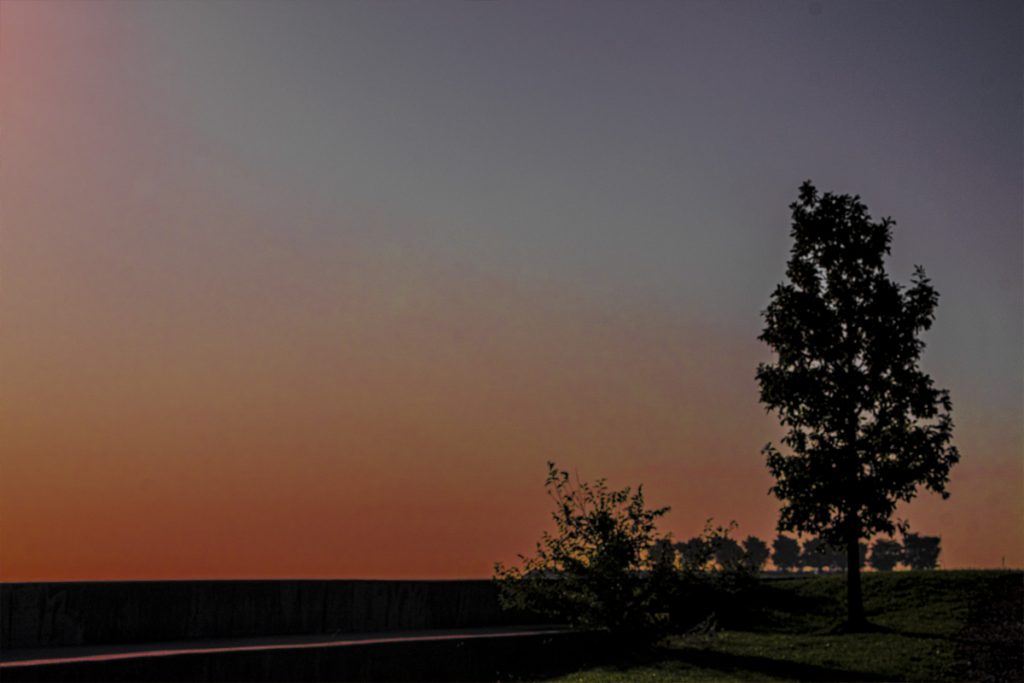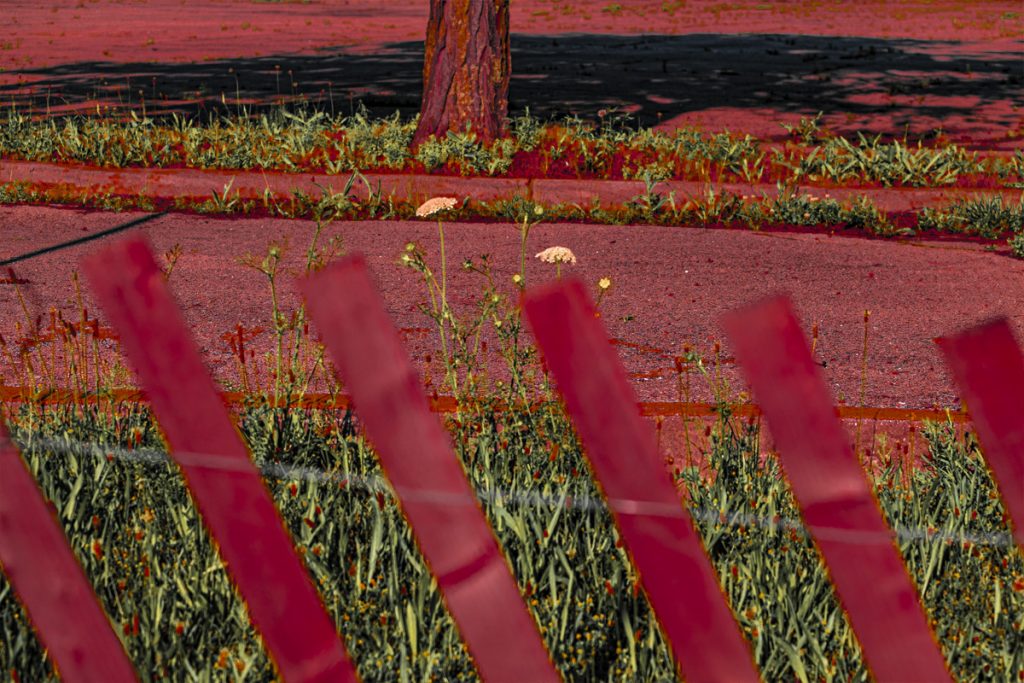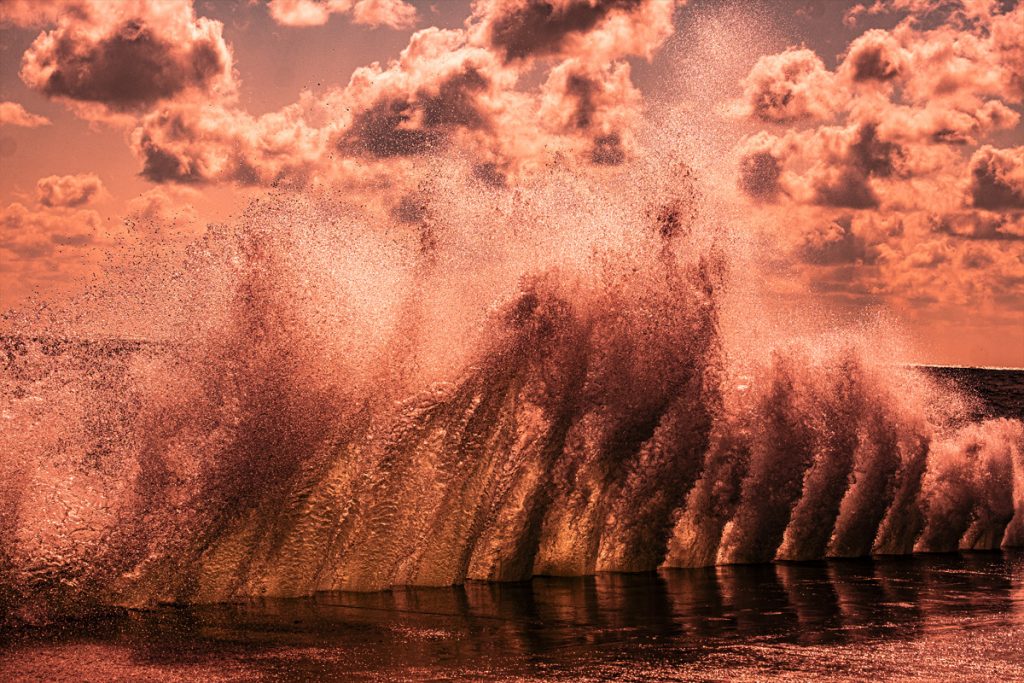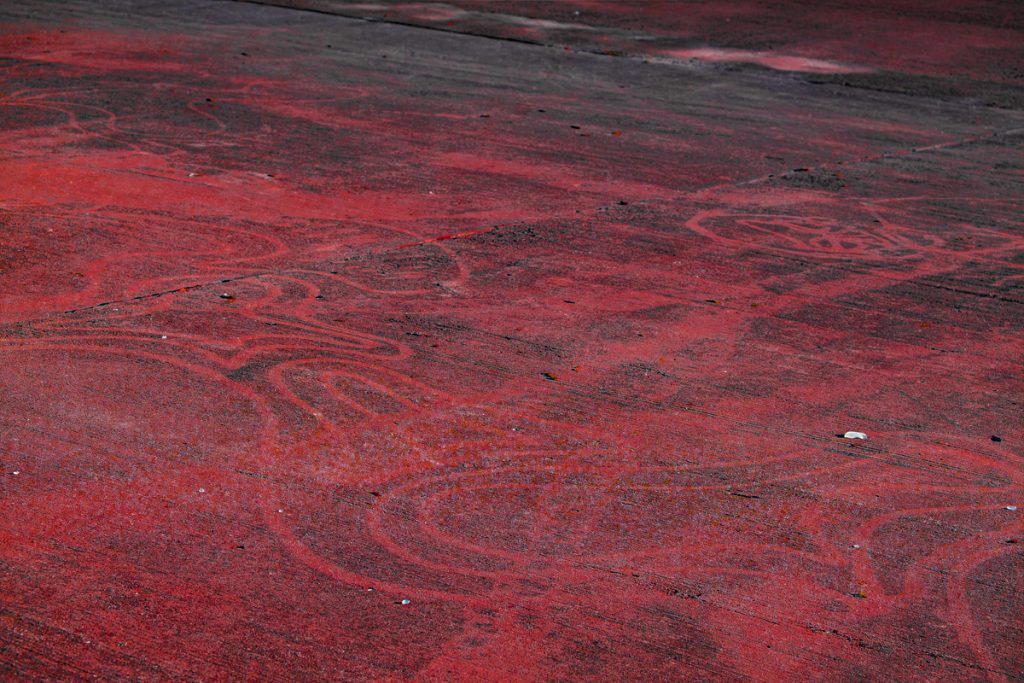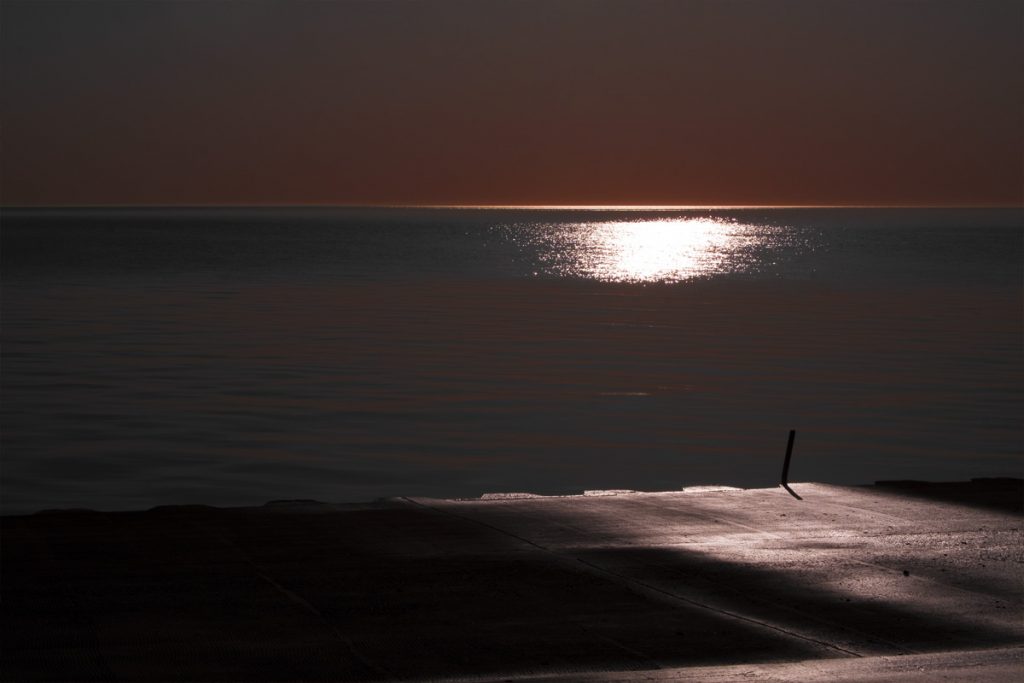Although many witnessed Eugene’s murder, including his best friend, the police didn’t arrest the man who killed Eugene. In his anger, Eugene’s friend threw a rock at George Stauber. George along with other white bystanders retaliated. As Eugene’s friend fled the scene, the fight along the lakefront morphed into a bloody riot that spilled into the surrounding neighborhoods, burning homes as well as killing and injuring hundreds of people. Most of the victims were Black.
Through the act of taking these pictures, I gained a greater understanding of this violent chapter in Chicago’s history. I researched the ordinary things Eugene and his friend did as they walked along the lake. I thought about the two teenagers retrieving their raft from a hiding place under a tree. Then I considered Eugene taking the raft into the lake, where he drifted along until the fatal rock was thrown. With camera in hand, I photographed the area along the lake where Eugene spent his last afternoon. The peaceful stretch of lakefront today still holds a resonance of a sorry chapter of Chicago’s history that many of us were never taught in school.
